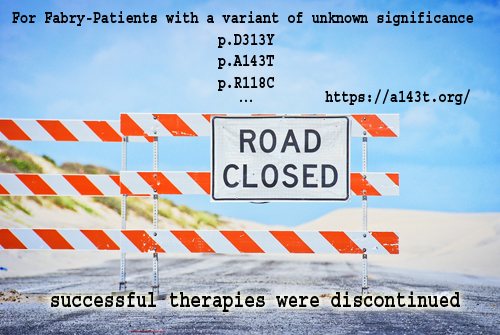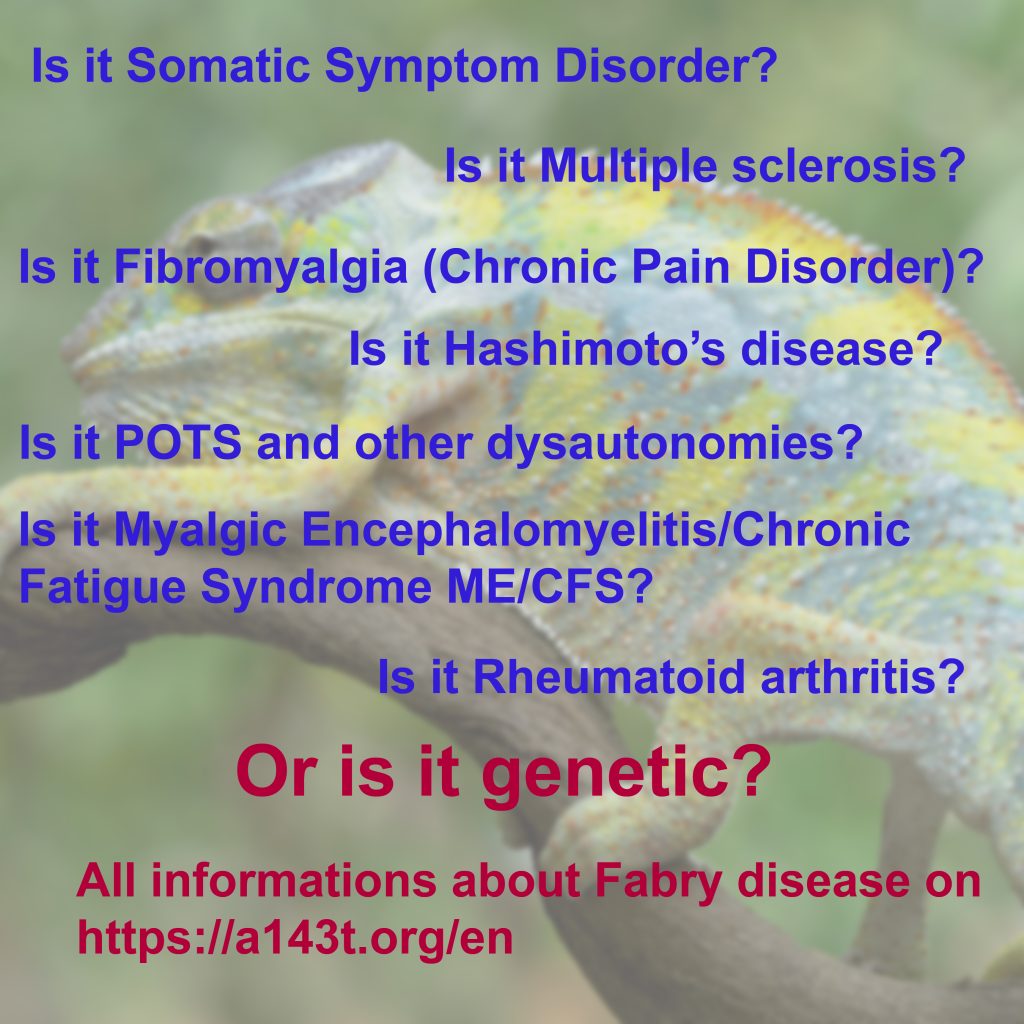Why are the interpretations of the pathogenicity of the mutations so different or changed so often?
How can a mutation that has been recognized as pathogen be classified as likely benign, even though seriously ill patients are still being treated at the same time?
There are five classifications of pathogenicity of mutations:
- Pathogenic
- likely pathogenic
- uncertain significance
- likely benign
- benign
Uncertain significance does not mean that the mutation is benign or likely benign. Why is therapy being refused here? As I understand it, it’s up to the doctor’s discretion. If he thinks there is enough evidence of the disease, he can prescribe therapy.
Why wait until organ damage has occurred? This should actually be prevented.
And why are only a few symptoms recognized? After all, it’s a multiorgan disease…
Some laboratories do not report likely benign or beginning mutations. These patients never find out about their genetic defect.
First, the complaints are not taken seriously for many years. You’re told it’s only in your head. Then you may have found out the cause, but you don’t receive any therapy because you have the wrong symptoms or the organ damage is not yet severe enough.
It makes me very sad to read about such patient experiences again and again. But it also feeds my anger, so I’ll never get tired of fighting for the recognition of supposedly non-disease-causing mutations.
You can support me, tell me about the improvements since starting therapy if you have one of the mutations discussed, such as: p.E66Q, p.R118C, p.R118H, p.S126G, p.A143T, p.Y152H, p.F229V, p.M290I, p.D313Y, p.Q330R, p.R356Q, p.A368T, p.R112H

